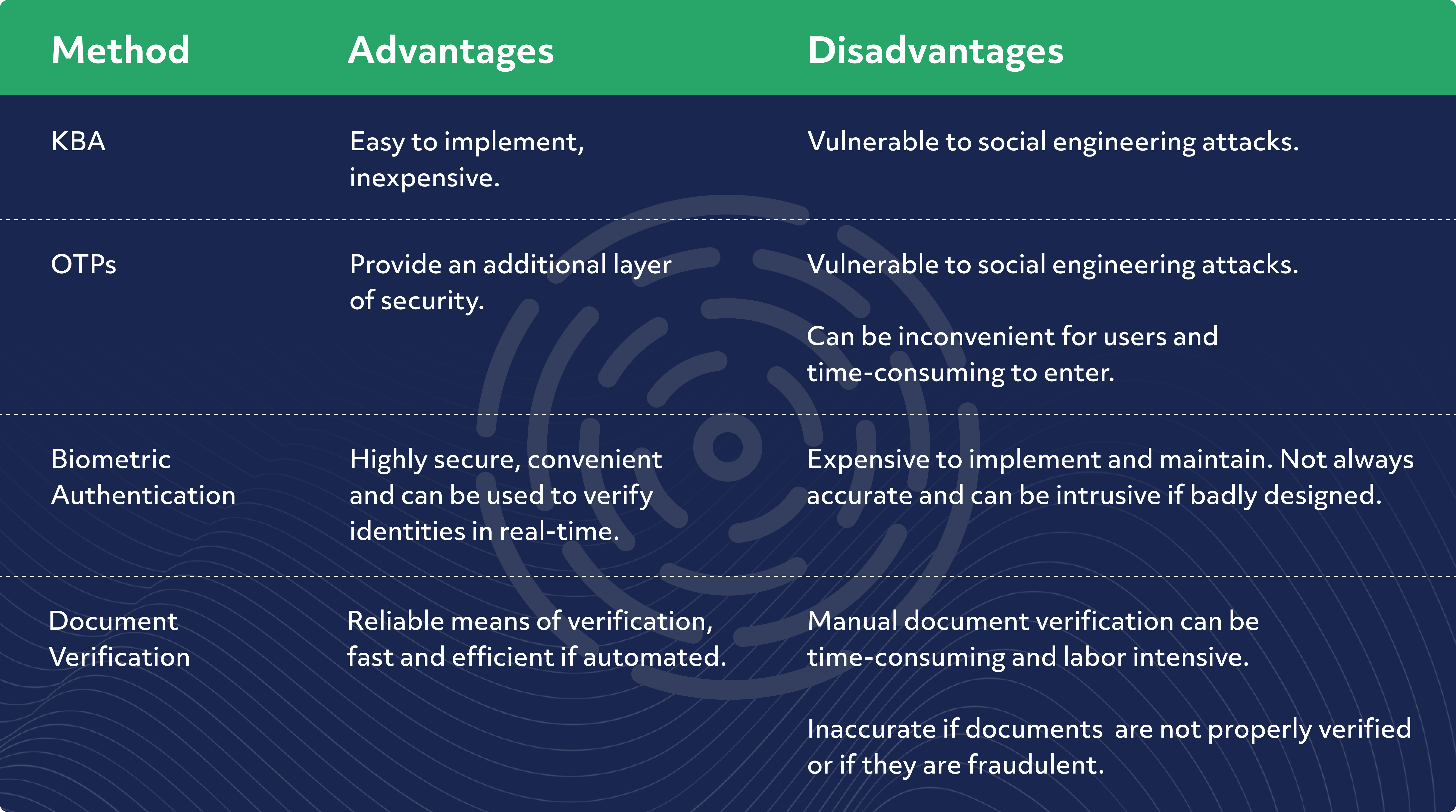In today’s rapidly evolving digital landscape, ensuring the security and authenticity of identities has become paramount. As the online world expands, so do the opportunities for malicious actors to exploit vulnerabilities. This makes identity verification indispensable in safeguarding sensitive information and maintaining trust online. This article dives into the significance of identity verification in the digital age, explores its various methods, and provides insights for businesses and individuals to stay secure.
What is Identity Verification?
Identity verification is the process of confirming the authenticity of an individual’s claimed identity. It involves confirming the person’s identity using various methods to ensure that they are who they say they are. Establishing trust is a foundational requirement in an era where transactions, communication, and interactions increasingly occur online.
Why Identity Verification Matters
Identity verification is essential in the digital age to protect businesses and individuals from fraud. The rise of cybercrime, identity theft, and data breaches has made it more critical to verify the identities of people trying to access accounts, make online purchases, or conduct other sensitive transactions.
Identity verification can help to prevent unauthorized access to accounts, detect fraudulent transactions, and recover stolen identities. It can also help to protect businesses from financial losses and reputational damage.
It offers several other benefits, including:
- Complying with regulations: In many industries, businesses must verify their customers’ identities to comply with regulations. Identity verification can help businesses to meet these requirements and avoid penalties.
- Reducing costs: Identity verification can help to reduce costs by preventing fraud and other security threats. This can save businesses money on insurance, investigations, and customer support.
- Improving customer experience: When implemented effectively, identity verification can help to improve the customer experience by making it easier and more convenient for customers to do business with a company. This can lead to increased customer satisfaction and retention.
There are many different identity verification methods available, each with its own advantages and disadvantages. Businesses and individuals should choose the most appropriate method for their needs.
Challenges in Identity Verification
While identity verification is crucial, it is not without its challenges. One challenge is that fraudsters constantly adapt, finding new ways to bypass security measures. Furthermore, it can be challenging to balance robust verification with convenience for legitimate users.
However, despite these challenges, identity verification remains an essential tool for protecting businesses and individuals from fraud in the digital age. Businesses and individuals should take steps to learn more about identity verification and implement appropriate measures to protect their identities.
Exploring Identity Verification Methods
As mentioned earlier, there are several different identity verification methods, each with its advantages and disadvantages. The following are four of the most common methods:
1. Knowledge-Based Authentication (KBA)
KBA involves asking users questions to which they should know the answers, such as their mother’s maiden name or first pet’s name. KBA is easy to implement and relatively inexpensive, but it is vulnerable to social engineering attacks, where fraudsters trick users into giving up their personal information.
2. One-Time Passwords (OTPs)
OTPs (one-time passwords) are time-limited codes sent to users’ devices to verify their identity. They provide an additional layer of security over traditional passwords by making it more difficult for attackers to gain unauthorized access to accounts. However, OTPs are also vulnerable to social engineering attacks, where attackers trick users into revealing their OTPs. Additionally, OTPs can be inconvenient for users if they don’t have their devices when they need to log in.
3. Biometric Authentication
Biometric authentication uses unique physical or behavioral traits, such as fingerprints, facial features, or voice patterns, to verify a person’s identity. Biometric authentication is highly secure and can be convenient for users. However, it can also be expensive to implement and maintain, and some users can see it as intrusive.
4. Document Verification
Document verification is the process of confirming the validity and authenticity of identity documents, such as driver’s licenses or passports. It can be performed manually or through automated means. Manual document verification is time-consuming and labor-intensive, while automated document verification is faster and more efficient.
Here is a table that summarizes the advantages and disadvantages of each method:

Choosing the Right Method
Selecting the appropriate identity verification method hinges on factors such as the nature of your business, desired level of security, and budget constraints. Understanding these elements helps you strike the right balance between robustness and usability.
Here are some additional tips for choosing the suitable identity verification method:
- Consider your industry regulations: Some industries are subject to specific regulations that govern identity verification. For example, financial institutions are subject to the Bank Secrecy Act (BSA), which requires them to verify the identities of their customers.
- Get expert advice: Many identity verification providers can help you choose the correct method for your needs. These providers can also help you implement and manage your identity verification process.
- Test different methods: Once you have chosen a few identity verification methods, test them with your users to see how they perform. This will help you choose the most effective and user-friendly method.
Safeguarding Your Identity
The statistics on identity fraud and data breaches serve as sobering reminders of the digital threats we face. Real-world cases of businesses falling victim to identity fraud underscore the urgency of robust verification measures. To navigate these challenges:
- For Businesses: Research and assess your options. Consider partnering with an identity verification expert who understands the evolving landscape and can tailor solutions to your needs.
- For Individuals: Regularly update passwords, enable multi-factor authentication whenever possible, and remain cautious about sharing personal information online.
Conclusion: Protecting What Matters
With so much of our personal and financial information stored online, it is critical to have a way to verify our identities and protect ourselves from fraud.
Various identity verification methods are available, each with its advantages and disadvantages. Trust Stamp provides secure, private, and trusted identity verification solutions that are easy to deploy and use. Our solutions can help you protect your business and clients from fraud while providing a seamless user experience.
Contact us today to learn more about how Trust Stamp can help you protect what matters most.

